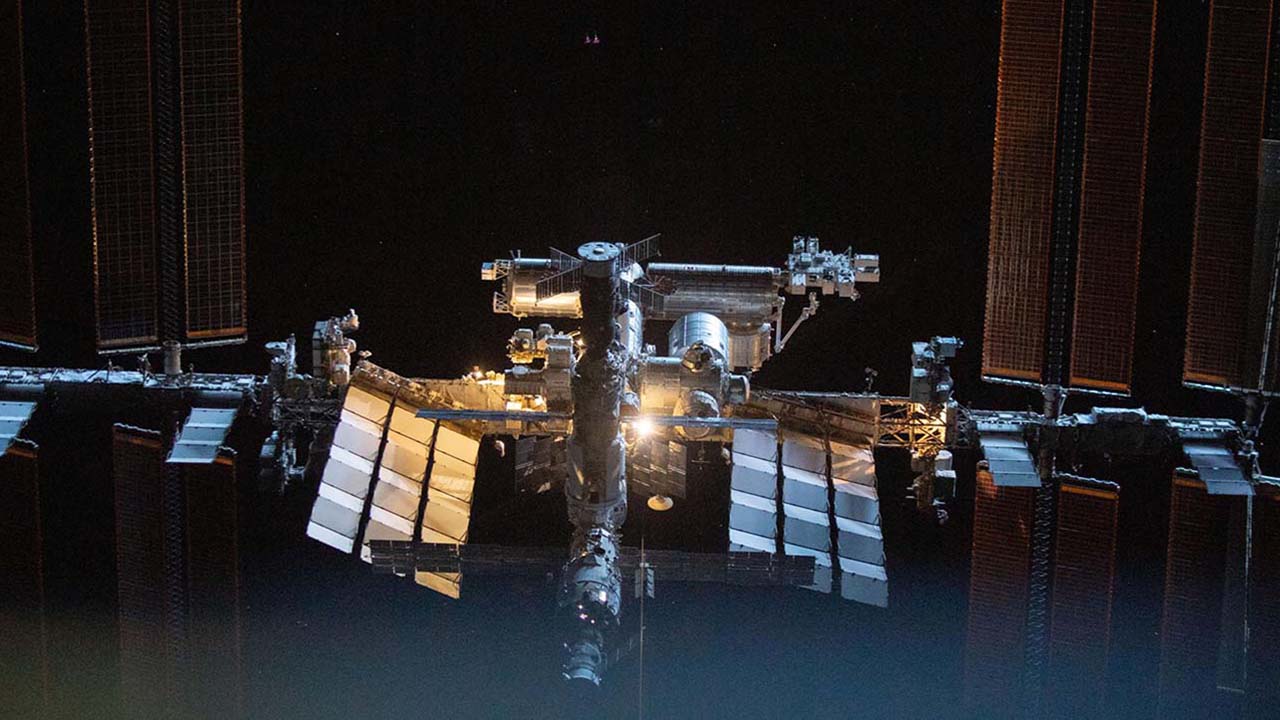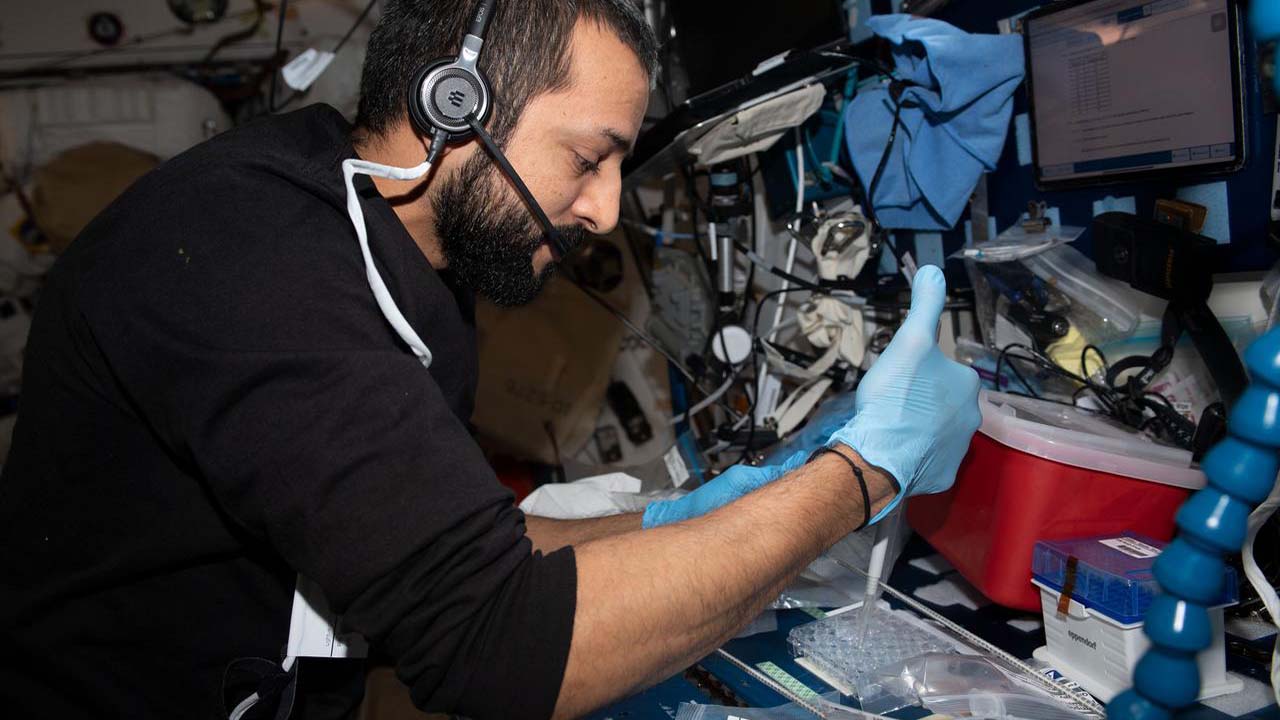While the economic backdrop remains a source of uncertainty, there are many developments in the space economy to be excited about.
Let’s start with the economic and financial market context. The impact of Federal Reserve’s rapid interest rate increases has continued to reverberate through the economy, even as the increase cycle appears to be nearing an end. This implies a still heightened risk of economic slowdown with its secondary and tertiary impacts. Recent regional bank challenges are affecting credit availability for consumers as well as small- and medium-sized businesses (more than 80% of employment). Many financial market participants have cited increasing concern over the outlook for commercial real estate. Metrics such as U.S. Manufacturing PMI have continued to point to contraction. In addition, the debt ceiling drama in Washington D.C. could result in a slight moderation to the government spending trajectory.
In this economic context, which has been unfolding for several quarters, the broad slowdown and continued challenges in the venture capital funding environment—particularly for later stage and growth capital—are not new news. It is not surprising to see startup valuation declines under these conditions, given that the more challenged macro environment is raising headwinds to financial growth targets, higher interest rates are raising cost of capital, and exit transaction volumes have fallen off a cliff. The more recent escalation of investor fear of missing out around AI is somewhat of an exception to this trend, both in the private and public markets.

Media Credit: Image courtesy of Space Capital and CASIS analysis
The space economy has not been immune to the funding slowdown, but we are seeing some positives. Space Capital’s data for 1Q 2023 points to a decline in space economy infrastructure and distribution layer investment by nearly 50%, both quarter over quarter and year over year. Growth stage funding remains a challenge, and the lagging growth and weak profitability execution by several space companies that went public via SPAC mergers, as well as recent failures in the small launch sector, are not helping. At the same time, the number of funding transactions has rebounded somewhat from prior quarters, and the slowdown appears more pronounced in the U.S., with funding conditions in European markets more favorable albeit from a significantly lower base. In the International Space Station (ISS) National Laboratory startup ecosystem, we have recently seen successful rounds by companies such as Orbital Sidekick, Orbit Fab, GITAI, and several others that are strongly positioned in their respective markets. And when attending various space-related investor events, attendance looks heathy, and investor interest toward truly disruptive innovation has not subsided.
We continue to see healthy innovation progress in the space economy. We have continued to see SpaceX’s Starlink expand and upgrade its constellation, with more than 4,400 satellites now deployed and upwards of 1.5 million users around the world. Following the excitement from April 20, the company continues to make progress toward the next flight test. Per media reports, SpaceX investment in Starship and related infrastructure is approaching $5 billion. Earlier in the year, we also saw Amazon Kuiper announce significant progress with development of its end-user terminals and constellation. In addition, the multi-billion dollar direct-to-phone market opportunity for satellite communications continues to drive interest, albeit with still evolving business models and capital requirements.
From the dual use perspective, the horrific war in Ukraine has proven the use-case for a multitude of space technologies. SDA’s first launch toward its proliferated architecture was successfully completed in early April, with the next launch planned for June and accelerated deployment in 2024. The increasingly multipolar geopolitics is driving demand for regional space capabilities as well as localized investment and budgetary commitments. And when we talk about lunar technologies, there is a multitude of developments under the Artemis program, as well as by its global competitors.

Media Credit: Image courtesy of BryceTech
The landscape of relevant infrastructure solutions and providers for space-based R&D and manufacturing continues to evolve. There are several important developments expected already in 2023, with more to come in 2025 and beyond. As a surprise to many, Vast announced on May 10 its Haven-1 crewed space station and Vast-1 human spaceflight missions for 2025. The speed of planned deployments by Vast, which is fully funded to execute on those missions, has caught the attention of investors as having possible competitive implications for future commercial low Earth orbit destination (CLD) providers.
On the smaller free flyer front, we should see exciting developments already in 2023 from Varda Space Industries spacecraft, with the company’s 120-kg capsule for the production of pharmaceutical products in microgravity expected to launch on a commercial rideshare no earlier than July 8. Space Forge, which is working on various future in-space manufacturing applications, is targeting its ForgeStar-1A satellite launch for later in 2023. The debut of Sierra Space’s Dream Chaser is expected by the end of 2023 as well.
In terms of previously publicly announced timelines, Axiom Space’s communications continue to point to an intent to deploy the first module of its proposed station in 2025. Orbital Reef has previously indicated plans for their station to be operational in 2027, Voyager’s Starlab is targeting its launch for 2028, and Northrop Grumman has pointed to the Element 1 launch for its station in 2028. Alongside its successful funding round announcement in November 2022, Gravitics reported taking pre-orders for its Starmax module delivery for 2026. There appear to be several funding rounds currently in the works for future space stations and free flyers, so more data points will come as 2023 progresses.
Interested in recent industry developments on many of the trends and companies mentioned here? Join us at our upcoming ISS Research and Development Conference in Seattle July 31-August 3. If you are an accredited investor and would like to learn more about investment opportunities in our ecosystem as well as our upcoming events, please email us at [email protected].
What are we seeing in our innovation pipeline? We agree with some of the recent investor observations on space startups accelerating their innovation and technology maturation execution and achieving more with constrained resources. In ISS National Lab technology development research solicitations, we are continuing to see strong demand despite the challenged capital markets environment. Furthermore, we are seeing increased willingness to deploy funding from partners, investors, as well as in-house resources as a multiplier of impact to the grant funding awarded through ISS National Lab solicitations. Such increased “skin in the game” is raising our conviction in the applicants’ business execution as well. All in all, the demand for technology development and maturation in low Earth orbit looks healthy, with transport and orbital capacity constraints an increasing bottleneck.
In the domain of in-space manufacturing proposals, which often represent exciting science and engineering ideas, we are seeing a path of gradual progress toward economic realism, which is essential if self-sustaining businesses are to be built without requiring recurring government subsidies for the foreseeable future. The initial commercial scale successes here are likely to be driven by products that can deliver a high dollar per kilogram value and lend themselves to relatively small batch production on still somewhat scale-constrained and expensive space infrastructure. Many of these technologies, while offering significant promise, remain in relatively early stages. These technologies need to demonstrate significant market disruption potential that would warrant the high cost of development and recurring space operations, as well as provide the ability to profitably win against the current and future competition from terrestrial faster iteration cycle innovation.







